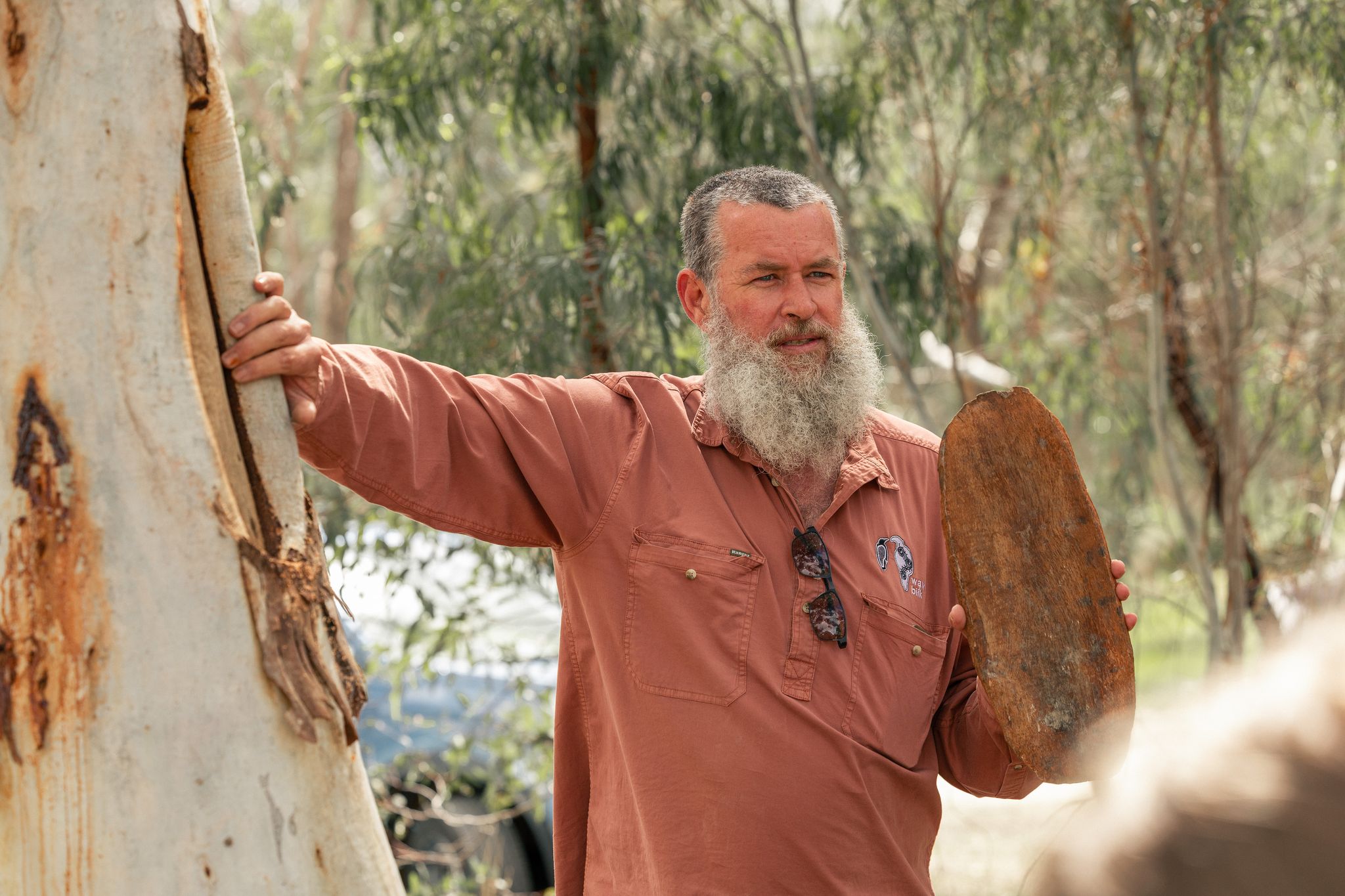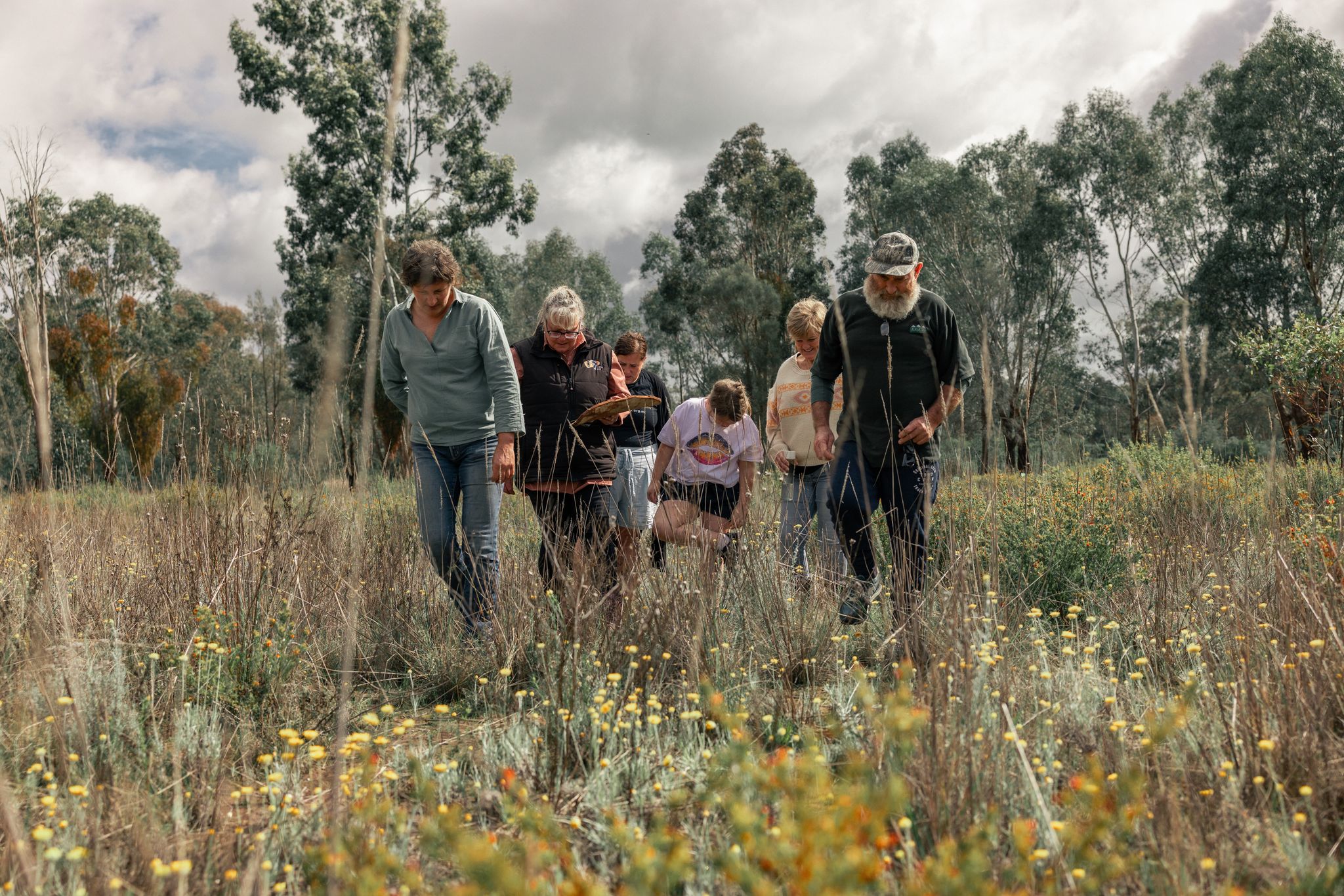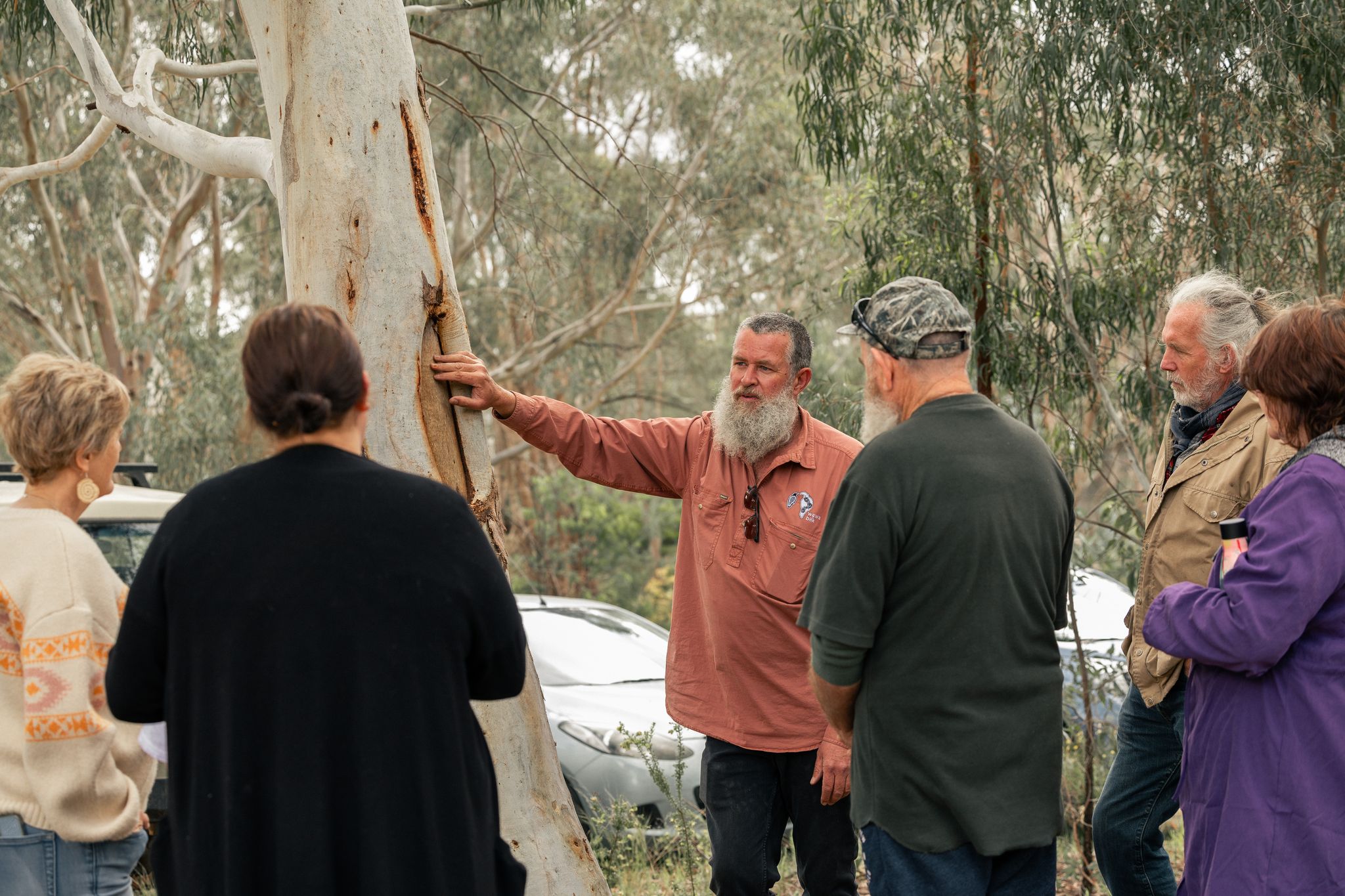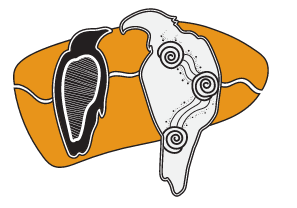Cultural Heritage – an Elder’s perspective (Uncle Shane)
May 7, 2024
As a Taungurung Elder who has worked for his mob for two decades doing cultural surveys, Uncle Shane could probably write a book about what he’s seen and experienced out there in the field. Protecting cultural heritage is core to the work of any Custodians of Country and is a responsibility that is directly overseen by Elders. This is challenging work that can bring both highs and lows as Traditional Owners navigate the bureaucracy to safely locate, document, and protect items that help piece together the story of their People and their Culture, spanning thousands of years. Many people in the wider community know little about Aboriginal cultural heritage to be found anywhere in Victoria; nor their responsibilities under the Aboriginal Heritage Act or the immense work that goes on behind the scenes to retrieve and protect Aboriginal culture for future generations. In this yarn with Uncle Shane, he helps us to understand how cultural heritage protection works in Victoria. His wish is that we get more people to value Aboriginal cultural heritage just as much as they seem to value the European heritage of Australia so that the Taungurung story and Culture is protected and celebrated.

What does cultural heritage mean for you as an Elder?
It helps us re-build our stories. A lot of information was dormant when our Ancestors were put onto missions and forced to give up their culture. We are slowly waking these stories to find travel routes; Dreamtime stories and information to start linking stuff together. Cultural heritage can also reveal how much our Country has changed over a couple of hundred years so can give us vital information on how to live more sustainably. The way the current process works, unless there’s a development happening on Taungurung Country, we may never get the opportunity to find important artefacts. Doing a Cultural Heritage Management Plan (CHMP) gives us a chance to put a story together for future generations – so they know where mob have been camping and collecting resources from. It’s waking up our culture, our ways, our knowledge that we can all learn from.

What is a Culturally Modified Tree?
We used to call them scarred trees but it gives us a bad rap because people think we are damaging the tree. But scarred trees have survived hundreds of years, and we know how to take resources from them without damaging them. We’ve started to call them Culturally Modified Trees for this reason. It’s also because there are many cultural uses for trees – they could be ring trees for directional markers, birthing trees or trees used to make tools, daanak (coolamon) or canoes.

Explain what a Cultural Heritage Management Plan (CHMP) is and its purpose.
The Aboriginal Heritage Act (AHA) 2006 provides protection of Aboriginal Cultural heritage in Victoria across all types of land tenures including Crown Land. The purpose of the CHMP is to verify that developers and councils have worked with Traditional Owners and done all in their power to check for Cultural Heritage before proceeding with the development. The onus is on the council to advise the developer of their responsibilities. The ACHRIS site can provide details on the cultural sensitivity areas that will need a Cultural Advisor. The Cultural Advisor will do a desktop assessment to get info about the location and then come to us and we’ll determine if we need to go any further. If it’s already very disturbed, the process may stop at the desktop assessment but usually it requires a cultural survey. It’s a legislative requirement that an archaeologist must lead the testing and recording of artefacts. Although we know how to record the sites and we have the cultural knowledge, the process needs this proper sign off by a qualified archaeologist. Once a CHMP is issued there are penalties for non-compliance or destruction of cultural heritage which can be enforced by an Aboriginal Compliance Officer.

Explain what a Land Use Activity Agreement (LUAA) is and your thoughts on its effectiveness.
It’s for Traditional Owners to know when any department is doing work on Crown Land - we need to be notified. By doing a LUAA we know what is happening on Country and get a say, plus we are entitled to community benefits because the development impacts the rights and interests of Taungurung. Anne Burns our LUAA Manager is the best person to provide more information about this. Anne Burns: A Land Use Activity Agreement (LUAA) establishes processes for Traditional Owner corporations to be involved in and – in some cases – consent to or refuse future uses of public land. The LUAA is a complex instrument and whilst the intent of the LUAA is clear the practical operation is stymied by disputes over categorisation of works and interpretation of clauses. It is the experience of the LUAA team that many proponents are unaware of their obligations under the LUAA regime, and the education provided by the State to land managers across Taungurung Biik in this regard is lacking. For more information on Land Use Activity Agreements, see HERE.

What needs to happen for Taungurung Cultural Heritage to be better protected?
There needs to be changes in legislation to give cultural heritage more protection in more areas. Victorian protection is the best in Australia in my opinion, but it’s still bad. Under the current Aboriginal Heritage Act, cultural heritage surveys are only required in areas that have a cultural sensitivity layer - which is only around a known site or 200m around a known waterway. As soon as a waterway moves more than 200m, it has no protection on it. Areas like the Goulburn floodplain, all the drainage lines and creeks are unnamed and so unprotected. The movement of our Ancestors would have involved moving from high ground to low ground, across landscapes and ridgelines – there should be more consideration of the traditional travel routes. Without legislation changes, we won’t get better protection and it will likely get worse.

What can the wider community do to support Taungurung People to preserve their cultural heritage?
Firstly, realise that there is nothing to be afraid of. We are not going to take your land! We just want to find out more about our story. We are the oldest continuous culture in the world – it’s a story worth saving and sharing. If you’re on private land on Taungurung Country and think you might have anything cultural on your property – please speak to us. There are so many people who know they have something cultural, but they’re scared to let us know. We’re not scary, just contact us and we can have a look at what you have in your backyard and maybe this could help us further piece together more parts of our story. The other big thing is to learn more. We offer so many opportunities through wawa biik for people to learn more about our culture and our cultural heritage and you can find out more directly from us than you can from Google.

What would you like people to understand about Cultural Heritage?
I have a sense of pride knowing we’re protecting our culture, so it would be great if more people can feel proud too. We can all help to reawaken the stories that have been lost, so don’t be afraid to connect with us and learn from us and be proud of our Aboriginal cultural heritage.
